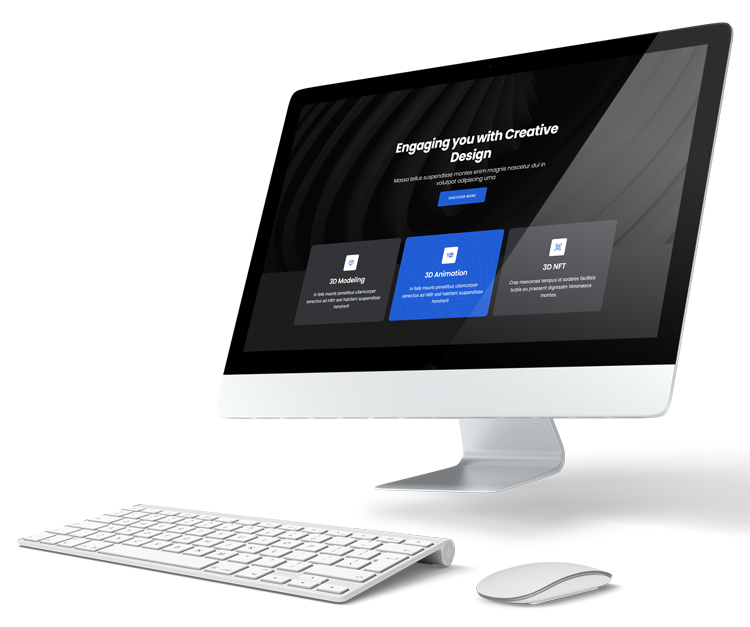Services
Beyond Pixels, Beyond Expectations: Digimax, Where Ideas Soar.
Pioneering Digital Excellence: Discover the VIVOUCH Advantage
“Pioneering Digital Excellence: Discover the VIVOUCH advantage and elevate your brand with our cutting-edge digital marketing and design solutions. Let us help you stand out in a competitive digital world.
- Expertise in Digital Solutions
- Innovative Design Approach
- Strategic Digital Marketing
- Data-Driven Decisions
- Holistic Security Measures
- Tailored Digital Strategy
- Responsive & Scalable
- Proven Track Record
What we offer
Where Strategy Meets Digital. Your Success Story Begins with VIVOUCH .
Lorem ipsum dolor sit amet, consectetur adipiscing elit. Ut elit tellus, luctus nec ullamcorper mattis, pulvinar dapibus leo.
Lorem ipsum dolor sit amet, consectetur adipiscing elit. Ut elit tellus, luctus nec ullamcorper mattis, pulvinar dapibus leo.
Lorem ipsum dolor sit amet, consectetur adipiscing elit. Ut elit tellus, luctus nec ullamcorper mattis, pulvinar dapibus leo.
Lorem ipsum dolor sit amet, consectetur adipiscing elit. Ut elit tellus, luctus nec ullamcorper mattis, pulvinar dapibus leo.
Lorem ipsum dolor sit amet, consectetur adipiscing elit. Ut elit tellus, luctus nec ullamcorper mattis, pulvinar dapibus leo.
Lorem ipsum dolor sit amet, consectetur adipiscing elit. Ut elit tellus, luctus nec ullamcorper mattis, pulvinar dapibus leo.
Our Value
Experience the magic of Interiokit. Contact us to discuss your project.
Maecenas massa inceptos placerat ultricies ridiculus vulputate torquent curae. Tortor cubilia risus nam cursus sit dui. Facilisi vivamus fermentum commodo nascetur orci morbi quisque ipsum suscipit vel.

Navigating Digital Horizons with Digimax: Your Trusted Partner.


Platea rhoncus semper consectetur letius facilisi nec curabitur placerat montes lacinia tincidunt
Client Ratings

(888) 4000-2234
Lorem ipsum dolor sit amet, consectetur adipiscing elit. Ut elit tellus, luctus nec ullamcorper mattis, pulvinar dapibus leo.
